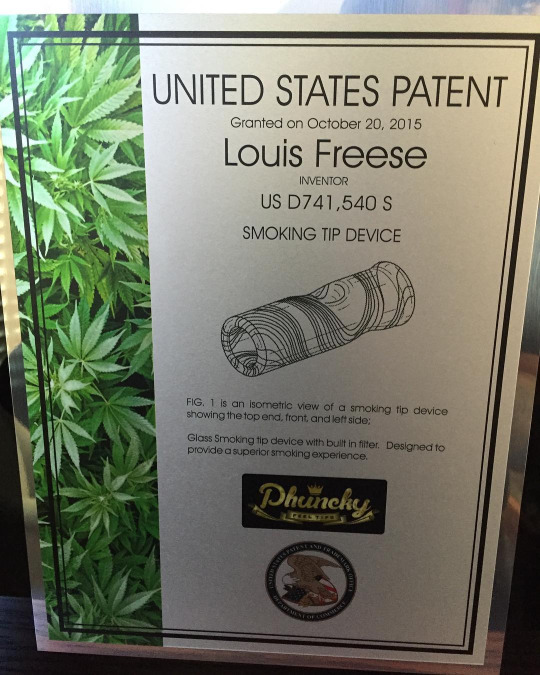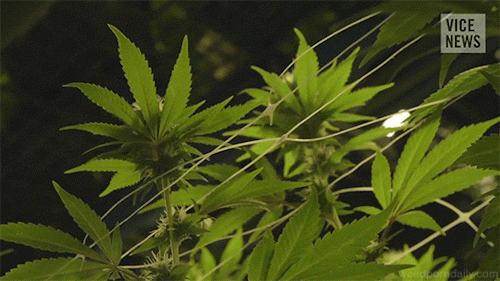(WIRED) Several companies have already been granted marijuana-related patents. The UK-based company GW Pharmaceuticals owns more than 25 US patents that range in scope from methods of growing and processing cannabis to protocols for treating disease. Even the US Department of Health and Human Services, an agency charged with protecting the health of all Americans, obtained a patent on using cannabis compounds to treat conditions like cancer, cardiovascular disease, and Alzheimer’s. Despite these developments, many players in the legal marijuana industry are skeptical of the patent system. Some view patents as an ugly instrument of big business linked to over-priced drugs and other abuses. At a recent event for cannabis entrepreneurs in San Francisco, marijuana growers, manufacturers, and retailers gathered to discuss the current state of their industry. At one point the conversation turned to patent law. Many participants expressed anger and disbelief at the notion of patenting cannabis technology. One attendee stood up and exclaimed, “At least you can’t patent plants! They are part of nature!” But her assertion was incorrect. There is no prohibition against patenting plants and other living organisms. In fact, nearly any invention can be patented as long as it meets a few basic requirements—and surprisingly, being legal under federal law is not one of them. Patents are intellectual property rights granted by the federal government. The holder of a patent can exclude competitors from making, using, or selling the patented invention for a limited time (typically 20 years from the date of filing an application). In theory, this period of exclusivity rewards innovation and promotes the spread of useful ideas. It is given to an inventor in exchange for developing new technology and revealing it to the public. To be eligible for a patent, an invention must be new, non-obvious, adequately described by its inventor, and of some minimal use to society. But even if an invention satisfies these requirements, it cannot be patented if it falls into one of three categories: laws of nature, abstract ideas, and natural phenomena. Although plants that occur in nature, such as Cannabis sativa, are considered natural phenomena, the boundary between natural phenomena and patentable inventions is frequently debated. In the landmark US Supreme Court case Diamond v. Chakrabarty, the Court concluded that any living organism produced by human intervention is patent eligible. Therefore, in order to patent a cannabis plant—as distinct from the patenting of cannabis-related compounds or processes—an inventor must show that the plant is so altered by human hands, for example through selective breeding or genetic engineering, that it should no longer be considered a natural phenomenon. At least one patent applicant has made this argument successfully. In August 2015, a California company called Biotech Institute obtained a patent on several hybrid cannabis plants. According to Dr. Erich Veitenheimer, an attorney and former plant scientist who drafted the application, “We broke new ground [with the Biotech Institute patent]… Many people were skeptical of whether we could succeed.” Dr. Veitenheimer secured a second patent for the company in June, and others are in the pipeline.
Cannabis News Weeducation
Want Your Marijuana Startup to Succeed? Study Patent Law
on November 6th, 2016


